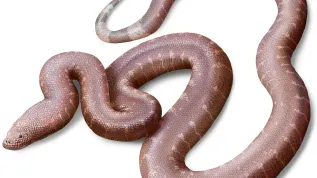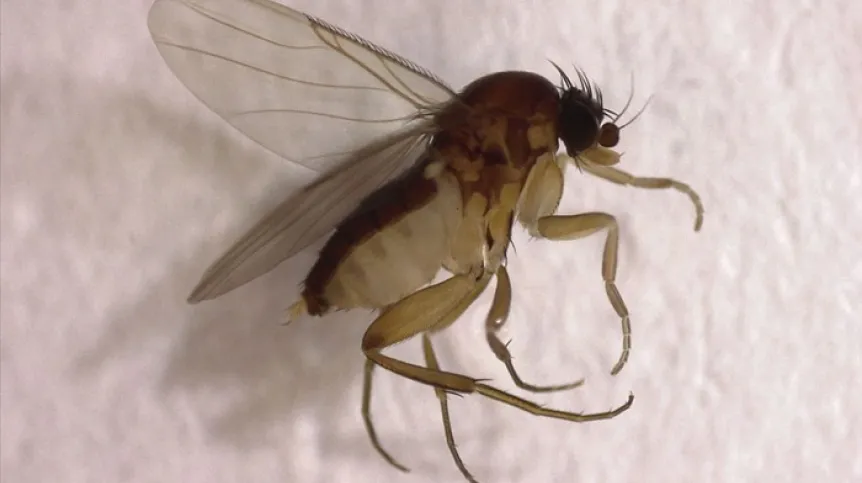
Polish and Scandinavian scientists have uncovered how microorganisms living in and on insects play key roles in their survival, immunity, and reproduction — findings that may reshape understanding of biodiversity and species adaptation.
The research, published in Microbiome, focused on phorid flies, a group that includes thousands of species worldwide.
“The microbiome is also important for insects,” said Karol Nowak, a doctoral candidate at the Faculty of Biology of the Jagiellonian University. “Microbiota can have many roles: help in providing various nutrients from food, protect against pathogens, and even influence reproduction and behaviour.”
CLOSE RELATIONS
The study highlights that microbiomes — well known for their role in human health — are equally vital in other organisms. “Most of the about six million insect species have close relationships with microorganisms,” Nowak said. “These microbes can affect insect resistance and even their adaptation to climate change.”
Microorganisms inhabit both the surfaces and interiors of insects. The researchers noted that microbial acquisition “can be dynamic and occur over a few generations, which can affect the adaptation of insects to the environment in a way incomparably faster than classic evolution.”
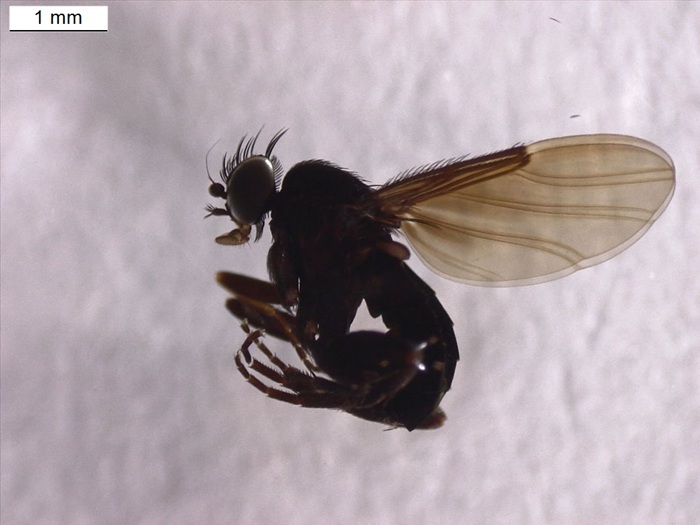
The international team collected and analysed 1,800 wild phorid flies in northern Sweden. The insects represented about 186 species, some likely new to science. “We were surprised by a huge variety of flies,” Nowak said. “We also noticed that the amounts of bacteria in individual individuals differed incredibly, even 10,000 times. In addition, the composition also differed in individual insects.”
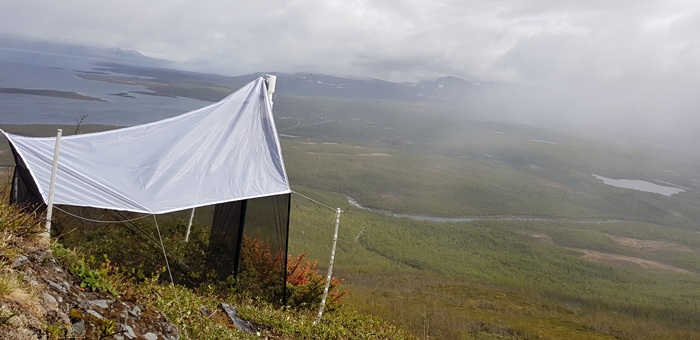
The team identified two main bacterial categories. The first contained non-specific environmental bacteria, such as Pseudomonas, Providencia, and Serratia, which also occur in humans. The second group included endosymbionts like Wolbachia and Rickettsia, bacteria that live inside host cells, protect insects against disease, and can manipulate reproduction. “They can make genetic males become functional females or cause females to reproduce without males,” the authors reported.
SCANNING THE BLACK MASS
Studying these microorganisms is far from simple. “Probably about 80 percent of all insect species are unknown to science,” Nowak said. “It is difficult to talk about the microbiome of organisms which themselves are such a great unknown.”
Using molecular genetics and statistical modelling, the Polish-Scandinavian team developed methods to identify bacterial communities in wild, often undescribed species — sometimes referred to as “dark taxa.” This work, they said, lays the groundwork for understanding symbiosis in complex, little-known ecosystems.
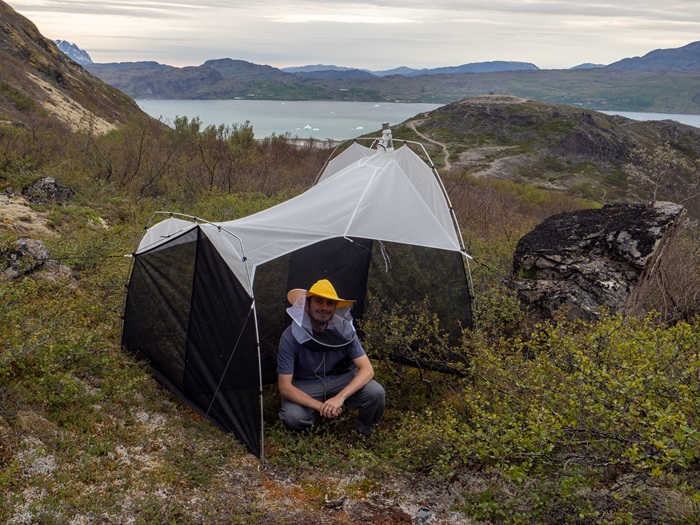
THE GREAT DISAPPEARANCE
The study’s broader aim ties to the ongoing decline of insect populations worldwide. “We are dealing with a large-scale insect variety cataclysm,” Nowak warned. “Over the past few decades, in some areas there is a loss of over 90 percent of their biomass.”
He cited habitat loss, pesticide use, and climate change as major threats. “Insects are one of the gears that drive the biosphere,” he said. “Although they are small, they have a huge impact on how the world works.”
Understanding insect microbiomes, researchers argue, could help protect biodiversity and improve pest control. “The microbiome is a very important part of insect biology,” Nowak said. “Understanding it will help to protect their biodiversity in a changing environment and to effectively control species important for agriculture, industry, and health protection.”
A video abstract accompanying the study is available on the Microbiome journal website.
PAP - Science in Poland, Anna Ślązak
zan/ bar/ kap/
tr. RL

